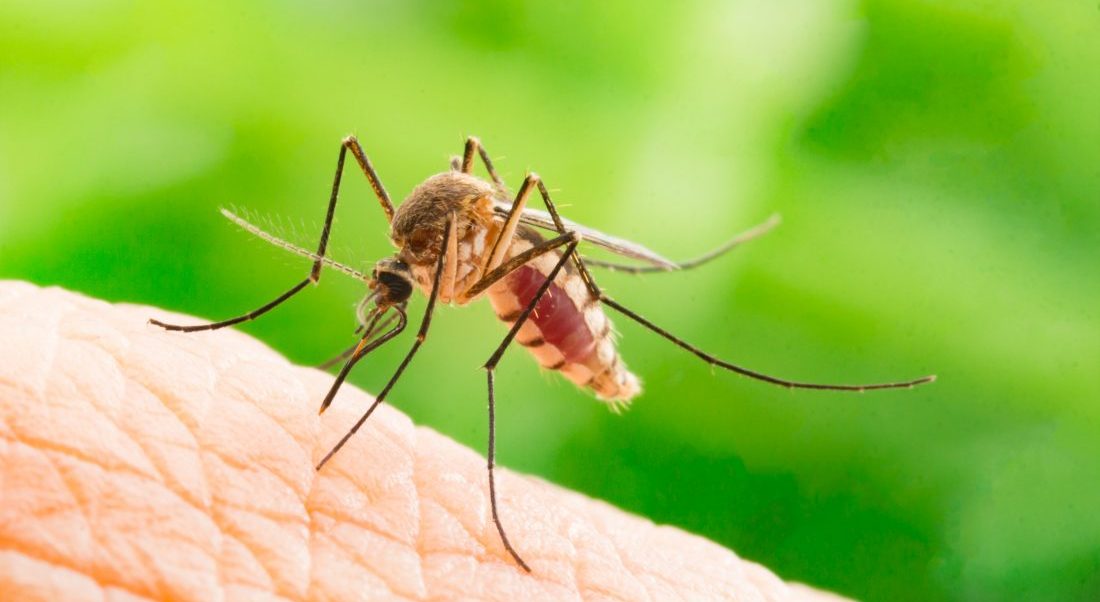
If you have been advised to take malaria prevention medication for your next trip it’s possible you have been given the option of doxycycline or atovaquone- proguanil (more commonly known as the brand names Malarone or Promozio). Here are the main differences you need to consider:
Malarone is great for short term exposure, you take it 1-2 days before you are at risk (not always at the start of your trip) and then one per day whilst at risk plus for 7 days afterwards. It is well tolerated and side effects are uncommon but may include nausea and headaches. There is a paediatric tablet suitable for children. It is however usually quite a bit more expensive than Doxycycline, which you need to consider if going on longer trips to a malaria area.
Doxycycline (known by many brand names) is also taken 1-2 days before risk, one per day whilst at risk but then for 4 weeks afterwards. Side effects can include increased sun sensitivity (more prone to sunburn) and some gastric symptoms, which can be avoided by taking with food at breakfast time and specifically not just before lying down. In women it can increase likelihood of yeast infection. Doxycycline is not suitable for children under 8 years of age. Relatively cheap to purchase, it can also prevent other infections that you may be at increased risk of, depending on your itinerary and for this reason alone is sometimes recommended over Malarone.
It is important to remember however, that no malaria medication is 100% effective and should be used with mosquito avoidance measures to significantly decrease your overall risk.
If you are planning to travel to a Malaria risk country, seek tailored travel health advice from our travel doctors in Fremantle.
Book an appointment easily online.